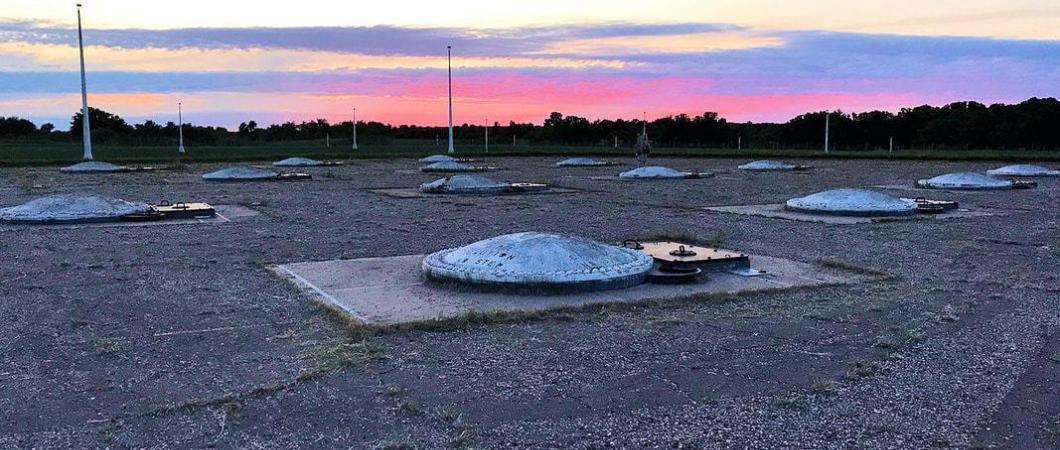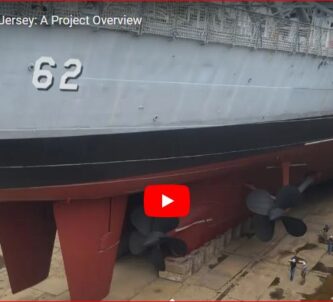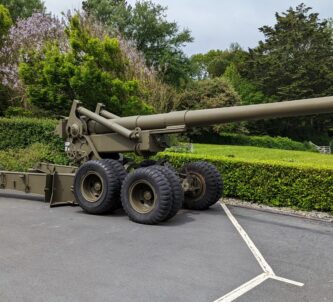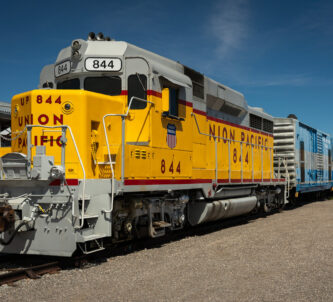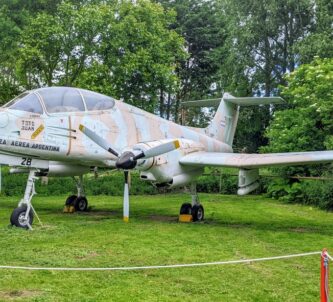Picture this. East v. West relations have deteriorated to the point where somebody in the Soviet Union launches a flurry of nuclear Intercontinental Ballistic Missiles (ICBMs) at the USA.
Suddenly, as they begin to re-enter the atmosphere over northern Canada, a set of steel hatches behind a wire fence in the remote plains of North Dakota close to the Canadian border, swing open and with an ear-shattering roar a set of missiles streak skyward to intercept the incoming threat, glowing bright white as they accelerate to Mach 10 in 5 seconds.
I’ll just repeat that.
TEN times the speed of sound in one… two… three… four… five seconds!
You HAVE to be impressed! It’s one of those “Holy Sh*t!” moments.
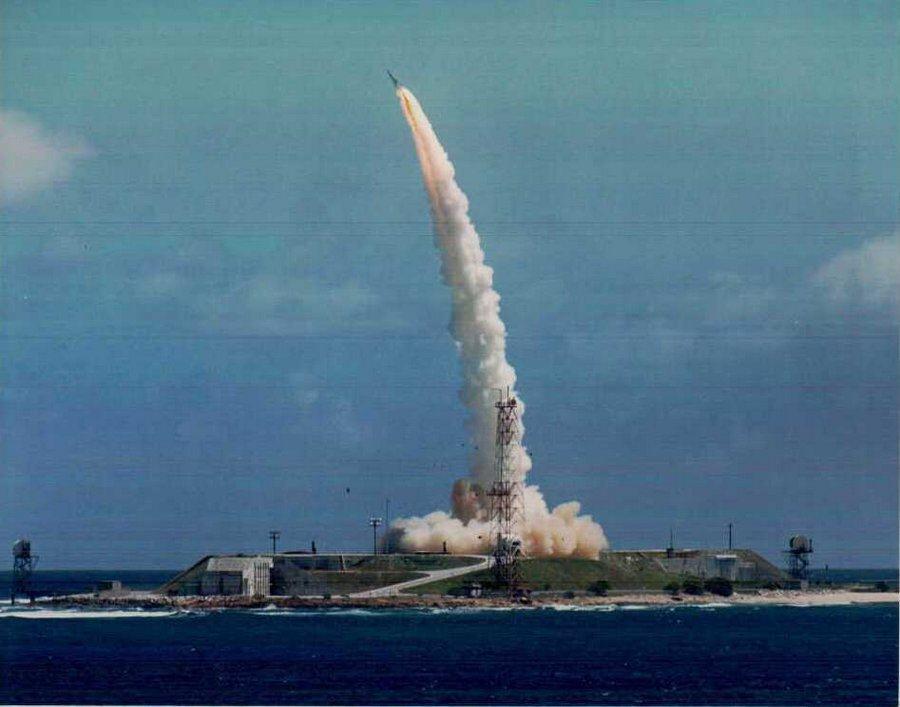
Very fortunately for everyone, that moment never happened, but it’s exactly the scenario that the Stanley R. Mickelsen Safeguard Complex was built for in the 1970s – to shoot down nuclear missiles coming in over the North Pole.
The ICBMs were not exactly ‘leisurely’ either. It could take a mere 30 minutes for a missile to travel the 7,500 miles from Moscow to New York, so there was little time to react if you were lucky enough to detect the launch. The Safeguard Complex had multiple detection, command and control sites in North Dakota and used two Anti-Ballistic Missiles (ABMs), the LIM-49 Spartan and Sprint, to intercept.
- Spartans were the long-range (450 nautical miles) interceptor designed to take out ICBMs while they were still outside the atmosphere. They carried a small 5-kiloton nuclear warhead which could destroy a nearby ICBM using neutron flux and X-ray effects.
- Sprint missiles were the short range backstop, carrying a smaller 3-kiloton payload at 7,600 mph, and designed to intercept ICBMs re-entering the atmosphere.
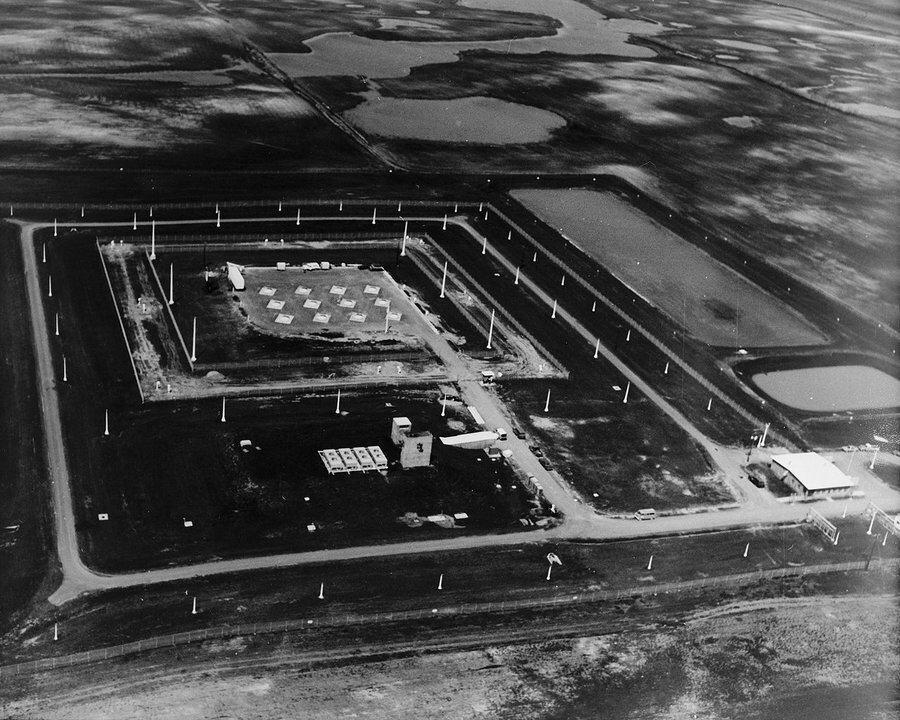
The Spartan missiles and some Sprint missiles were based at the Missile Site Radar Facility (MSR) outside Nekoma, ND, but to give the Sprint missiles the extra seconds they needed to intercept, the Safeguard Complex built four Remote Sprint Launch (RSLs) sites a little further north near the Canadian border.
One of these sites, RSL#3 (Remote Sprint Launch 3) near Hanks Corner on State Highway 5, opened to the public for the first time last summer.
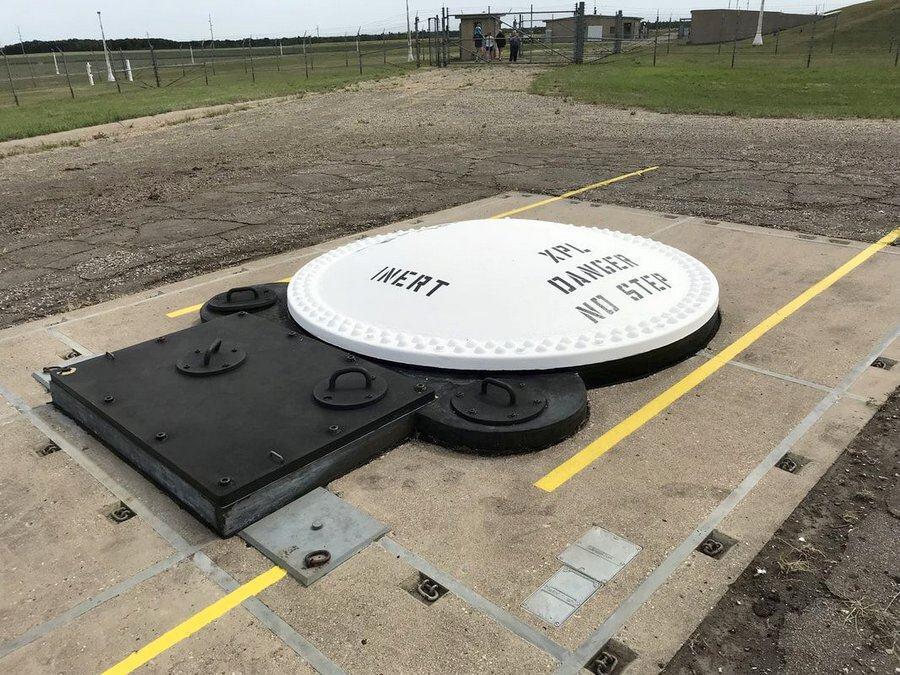
RSL#3 had 16 Sprint missiles in underground silos and a control bunker designed to withstand a near miss from a nuclear warhead. There are up to four tours daily during the summer months enabling visitors to walk around the missile field and visit the underground bunker.
Spokesman, Melbourne Sann, says that the site will reopen on 1st June 2019 and for this season they hope to have a 27 ft Sprint missile on display (without the warhead!) and to open the silo for viewing as well.
The great sadness, not least for US taxpayers, was that the Stanley R. Mickelsen Safeguard Complex became obsolete as soon as it was built. The proliferation of Soviet nuclear ICBMs and their new capabilities to decoy, and deploy Multiple Independently Targetable Reentry Vehicles (MIRVs – ie. missiles with multiple warheads) would simply overwhelm the system and made it redundant. RSL#3 and the rest of the Safeguard Complex site were closed a year after they had opened.
RSL#3 (RSL#3.com) is on the National Register of Historic Places.

